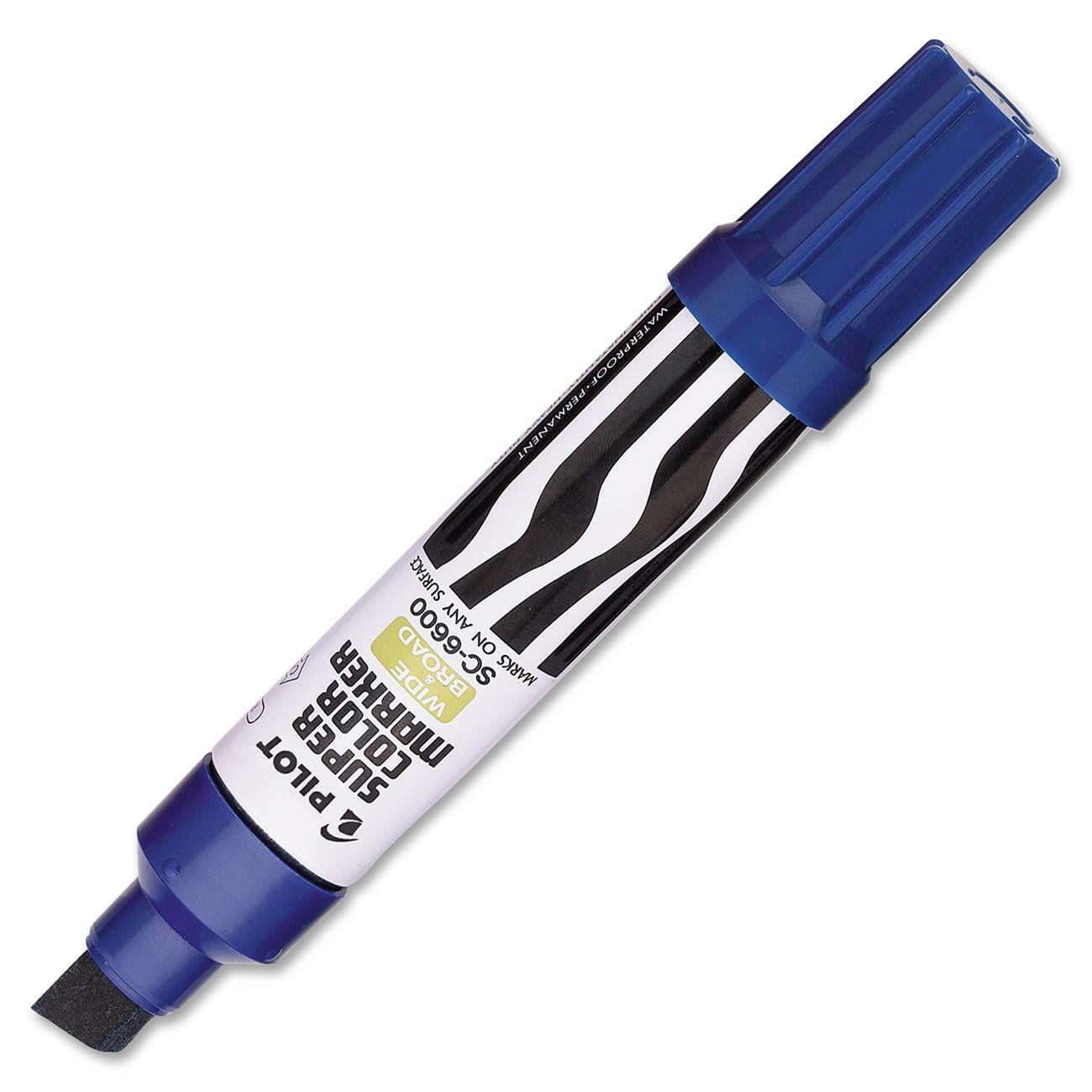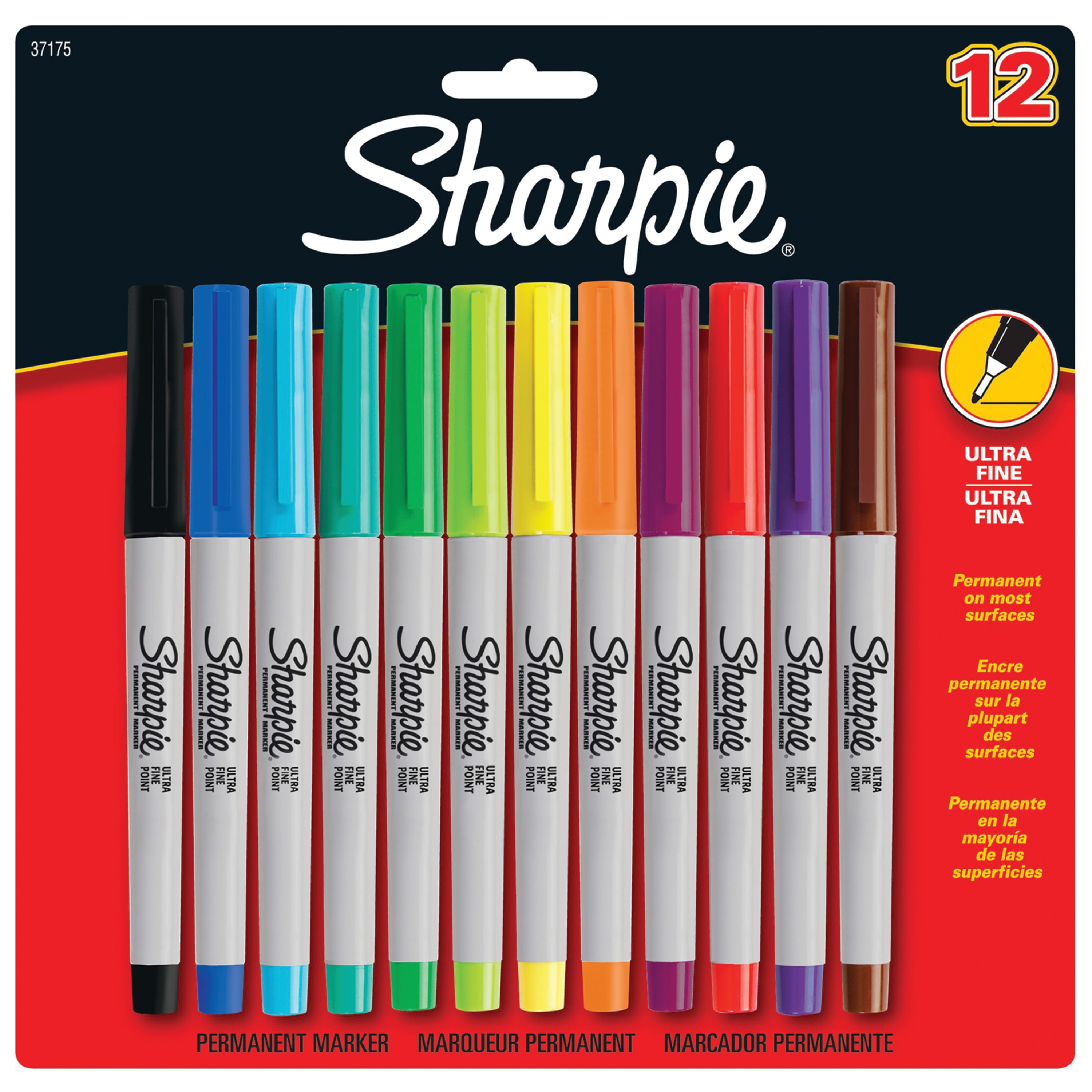

Japanese stationery companies such as Pentel, Mitsubishi Pencil, and Pilot have come out with a wide variety of mechanical pencils, and there are also unique choices like Orens Nero, Kuru Toga, and Dr. Unlike regular pencils, they don't need to be sharpened, just refilled with lead. Unlike pens, you can erase your writing with mechanical pencils, making them great for students and even some professions. Mechanical pencils are one of the most frequently used tools for writing. Keep reading to find out more about the best Japanese gel pens, as well as be sure to check out our buying guide at the end! However, with so many manufacturers like Pentel, Zebra, and Pilot, as well as brands like EnerGel, Sarasa, and Uni-Ball, it can be hard to know which pen is best for you.In order to figure this out, we ordered the 21 most popular gel pens from Japan’s e-commerce giants (such as Amazon, Rakuten, and ) and tested them all.We tested each pen for the following:GripFeelSmoothnessDrying speedVisibilityWe then ranked the 10 best Japanese gel pens based on the results of our tests. Even the smallest improvement in design and the faintest sparkling of genius can make a difference between them. These are just some examples of what makes Japanese gel pens attractive! And nowadays, there are plenty of them on the market today. And most of the notebooks we tested had 7 mm lined ruling (close to college rule), but we note the exceptions below.Have you ever been frustrated when writing with a pen running out of ink, bleeding all over your paper, or felt like it wasn't smooth enough? Japanese gel pens glide over paper, produce beautiful, vibrant colors, and are incredibly reliable. We also mention paper weight or thickness when that spec is important, but most of these high-quality pages are 80 to 90 gsm (grams per square meter) thicker isn’t always better, but all of the paper in our picks felt substantial and satisfying for us to write on.


We mention price per page when it’s notable, but our picks average 7¢ per page (at this writing). The more tooth a paper has, the rougher it is generally, toothy paper is great for pencils because charcoal adheres better to paper that isn’t super smooth. Tooth or toothy refers to the texture of the paper or how the surface of the paper feels.Bleeding refers to ink actually coming through to the other side of the paper or even the next sheet.Ghosting refers to pen ink being visible on the other side of the paper.Feathering refers to ink bleeding from the edges of letters, versus crisp lettering.It’s impossible to pick out just one notebook for everybody, because everyone has different preferences when it comes to size, cover material, page ruling, paper feel, and all the other little characteristics that make one notebook stand out from another.Ī few paper terms you’ll see throughout the guide: You can read how we made our picks and tested them if you’d like more detail on what we were looking for or why your favorite didn’t make this list. So we offer you an array of great notebooks from $2 to $20: softcover notebooks with silky-smooth paper and more grippy, “toothier” paper a hardcover notebook with all the bells and whistles a great Moleskine alternative a spiral-bound notebook suitable for students reporter-style notebooks in small and traditional sizes a budget-friendly pocket-size notebook and a stylish, rugged pocket notebook a steno-style spiral notebook that works on anyone’s desk and a disc-bound notebook with pages you can rearrange. Different types of notebooks may serve different purposes, too. It’s impossible to pick out just one notebook for everybody, because everyone has different preferences when it comes to size, cover material, page ruling, paper feel, and all the other little characteristics that make one notebook stand out from another. Any of these notebooks will provide an appreciably better writing experience than what you can get from a generic, off-the-shelf-at-Walgreens notebook. After interviewing experts, researching more than 80 notebooks, and writing zealously in 24 of them side by side over several weeks, we have picks in a number of sizes and styles. Upgrading from a cheap notebook to a high-quality one usually costs just a couple more cents per page (or about $2 to $5 overall), and we think you’re worth it. It can be a source of joy, a covetable item that turns an ordinary, everyday task-note taking, journaling, task planning, brainstorming, or doodling-into a sublime experience. A notebook is more than just a practical tool.


 0 kommentar(er)
0 kommentar(er)
